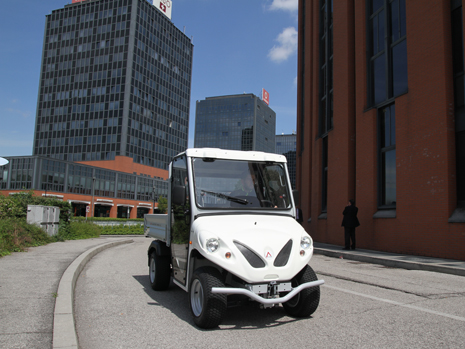How originates a Smart City? The objective of a smart city is to improve the livability of citizens, reduce the pollution, reduce CO2 emissions involving entreprises, institutions, research institutes and citizens.
Many cities are implementing projects aimed to improve ecological sustainability of the urban environment, to a better management of energy resources and to reduce pollution through improved urban and transport planning .
Among the focal points of the smart city project there are precisely the environment and mobility, the smart cities promote the use of vehicles with low environmental impact, regulate access to city centers with limited traffic areas, promote the drastic reduction in greenhouse gas emissions by limiting traffic, the reduction of waste production and the expansion of recycling.

smart city waste collection vehicles

smart city with alke electric vehicles

smar cities logistics

smart city alke electric car

maximum speed electric vehicles atx
Low emissions vehicles are certainly essential for the development of a smart city, that's why governments, multi-utilities, logistics companies address their choice to vehicles which have lower emission rates.
Alke' vehicles, with zero CO2 and acoustic emissions, are therefore ideal for the creation of a sustainable urban environment, very robust but at the same time compact, with load capacity up to 1000 kg, a range that easily covers an entire day of work and negotiable slope up to 35%.

bike sharing london alke vehicles

logistica zero emissioni utrecht

municipality public area works alke electric vehicle

smart city food transport

smart city mobility alke xt
Alkè electric vehicles, both ATX and XT models, are already used successfully in several projects of smart city: for bike transport as part of bike sharing, from the public works sector of municipalities, from logistics companies to transport in the city center.
In most cases these projects to improve living conditions of the urban environment also include the implementation of a network of public charging infrastructure needed to facilitate the development of electric mobility.


